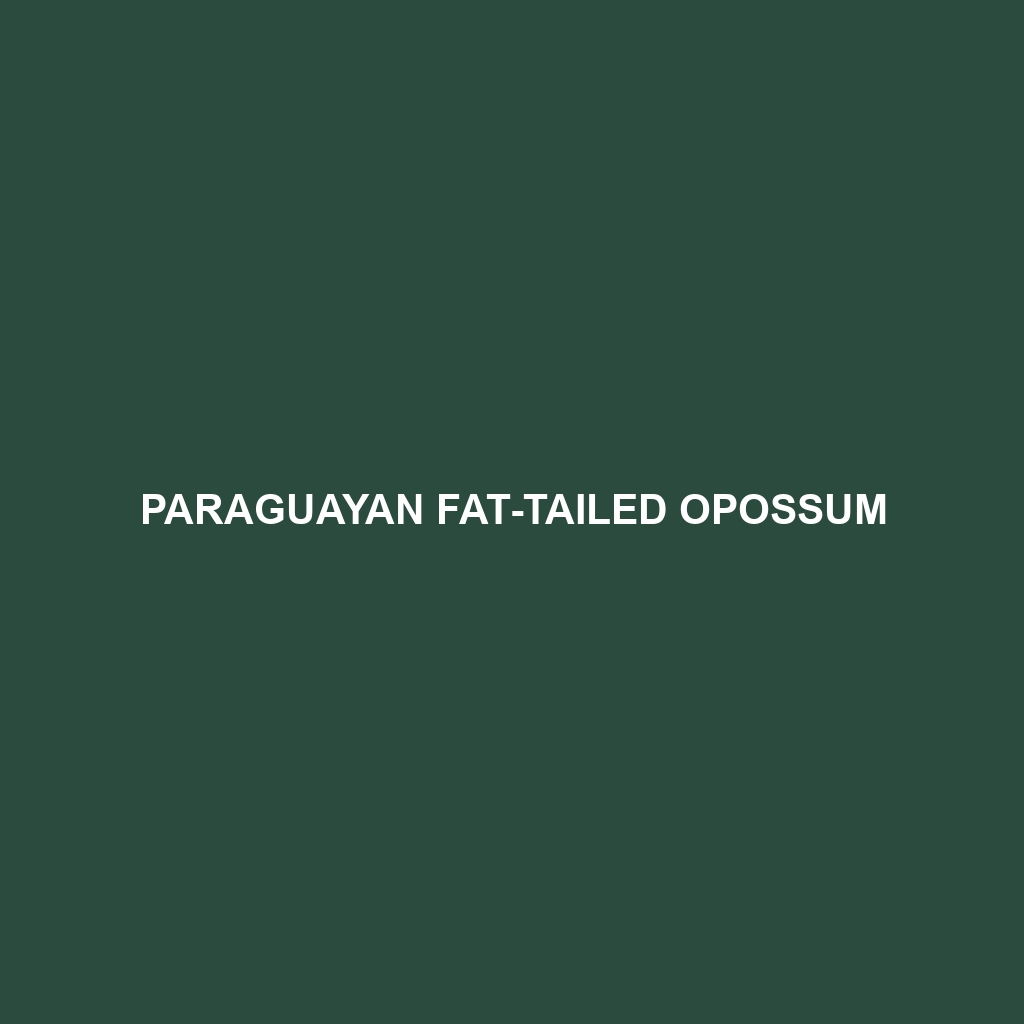Discover the fascinating world of the Patagonian Tuco-tuco (<i>Ctenomys patagonicus</i>), a unique burrowing rodent found in the arid landscapes of Patagonia. With its remarkable tunneling skills, distinctive vocalizations, and vital role in the ecosystem, this medium-sized herbivore faces vulnerabilities amid habitat loss. Explore its behavior, diet, and conservation challenges in our latest blog post.
Tag: Chile
Dune Tuco-tuco
Discover the fascinating world of the Dune Tuco-tuco, a unique rodent native to the sandy landscapes of southern South America. Learn about its nocturnal behaviors, impressive burrowing skills, and vital role in the ecosystem, while also uncovering the conservation challenges it faces due to habitat loss. This intriguing species exemplifies the delicate balance of nature and the need for preservation efforts.
Bennett’s Chinchilla Rat
Discover the fascinating world of Bennett's Chinchilla Rat (<i>Abrocoma bennetti</i>), a medium-sized rodent native to the high-altitude Andes of Chile, Argentina, and Peru. This vulnerable species, known for its dense, soft fur and social behavior, plays a vital role in its ecosystem while facing threats from habitat loss. Learn about its unique physical characteristics, dietary habits, and the conservation efforts needed to protect this remarkable animal.
Pichi
Discover the remarkable Pichi (Zaedyus pichiy), a small yet resilient armadillo native to the arid landscapes of Argentina and Chile. Renowned for their unique adaptations, including a protective shell and powerful digging claws, these solitary creatures play a vital role in their ecosystems. Learn about their fascinating behaviors, ecological significance, and the conservation challenges they face in the wild.
Pancho’s Monito del Monte
Discover the remarkable Pancho's Monito del Monte (Dromiciops gliroides), a small, nocturnal marsupial native to the temperate rainforests of Chile and Argentina. Often referred to as the "little monkey of the mountain," this unique creature plays a vital ecological role in seed dispersal and pollination, while showcasing fascinating adaptations such as hibernation and a prehensile tail. Learn about its physical traits, behaviors, and the conservation challenges it faces in our latest blog post.
Southern Monito del Monte
Explore the fascinating world of the Southern Monito del Monte (Dromiciops gliroides), a unique marsupial crucial to the temperate rainforests of southern Chile and Argentina. This elusive creature, often referred to as a "living fossil," plays a vital role in its ecosystem as a seed disperser while showcasing remarkable adaptations like a prehensile tail and nocturnal vision. Learn about its intriguing behaviors, physical characteristics, and the conservation efforts essential for protecting this extraordinary species.
Pallid Fat-tailed Opossum
Discover the fascinating world of the Pallid Fat-tailed Opossum (Thylamys pallidior), a small, nocturnal marsupial native to South America. With its unique fat-storing tail and pale coloration, this resilient creature plays a crucial role in its ecosystem by controlling insect populations and dispersing seeds. Learn about its critical adaptations, behaviors, and conservation status that highlight the need for continued habitat preservation.
Long-nosed Shrew-opossum
Discover the intriguing world of the Long-Nosed Shrew-Opossum (Rhyncholestes raphanurus), a small, elusive marsupial found in the temperate rainforests of southern Chile and Argentina. With its distinctive elongated snout and nocturnal habits, this remarkable creature plays a vital role in its ecosystem by controlling pest populations and contributing to forest health. Learn about its unique adaptations, behaviors, and the conservation efforts essential for its survival in a changing environment.
Common Mountain Viscacha
Discover the fascinating world of the Common Mountain Viscacha, a medium-sized rodent native to the high-altitude Andes. Adapted to thrive in harsh climates, these social creatures play a vital role in their ecosystem, all while showcasing unique physical characteristics and behaviors. Learn about their habitat, diet, and the conservation challenges they face today.








